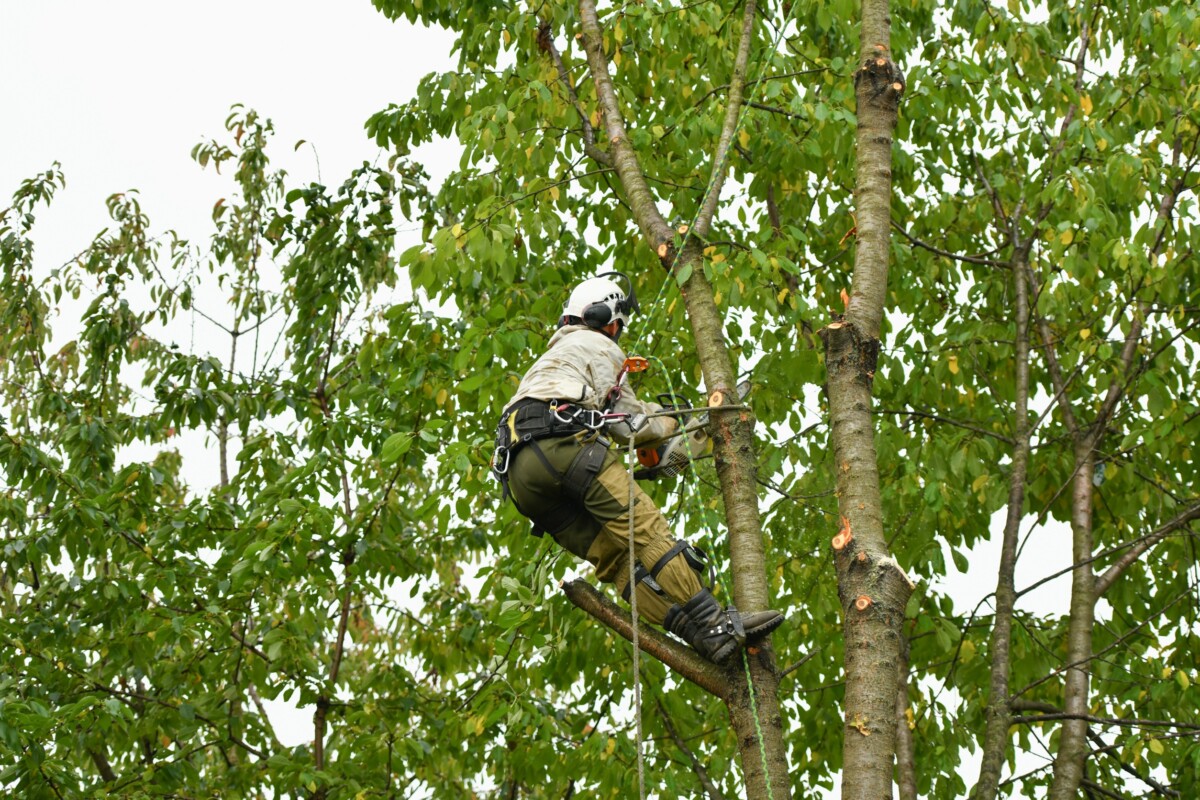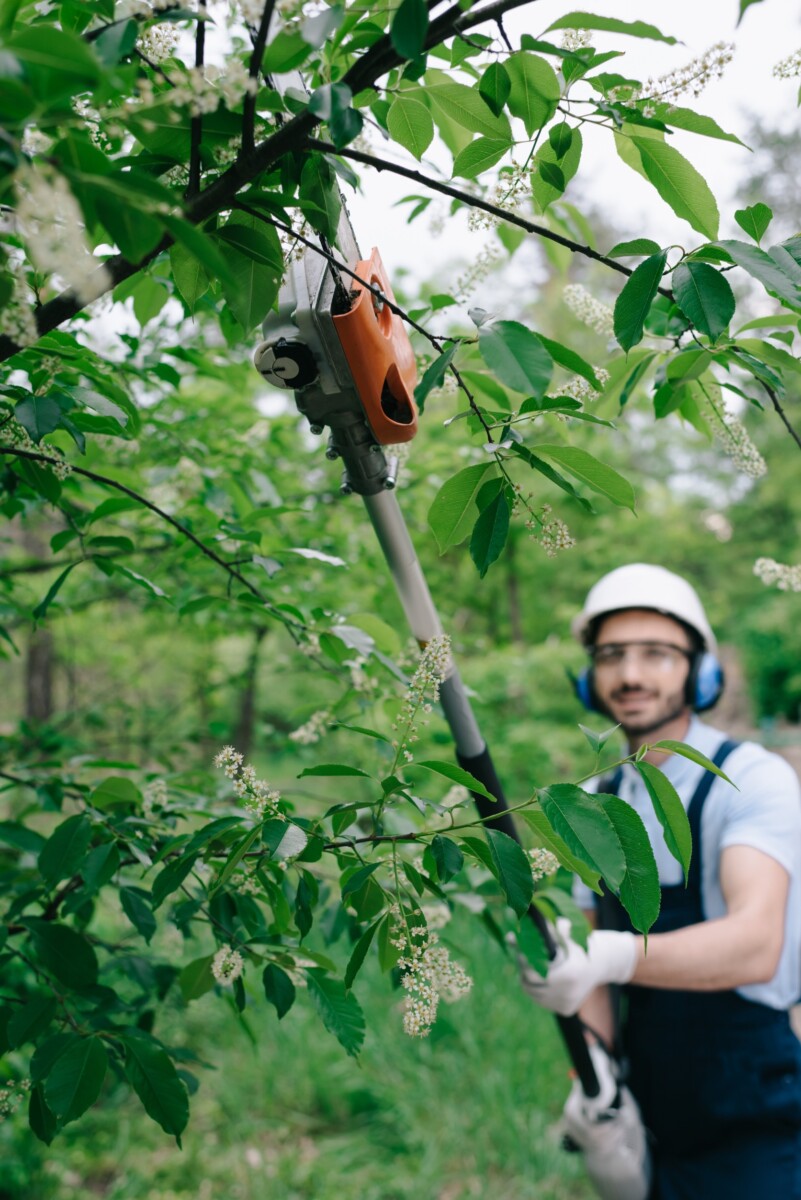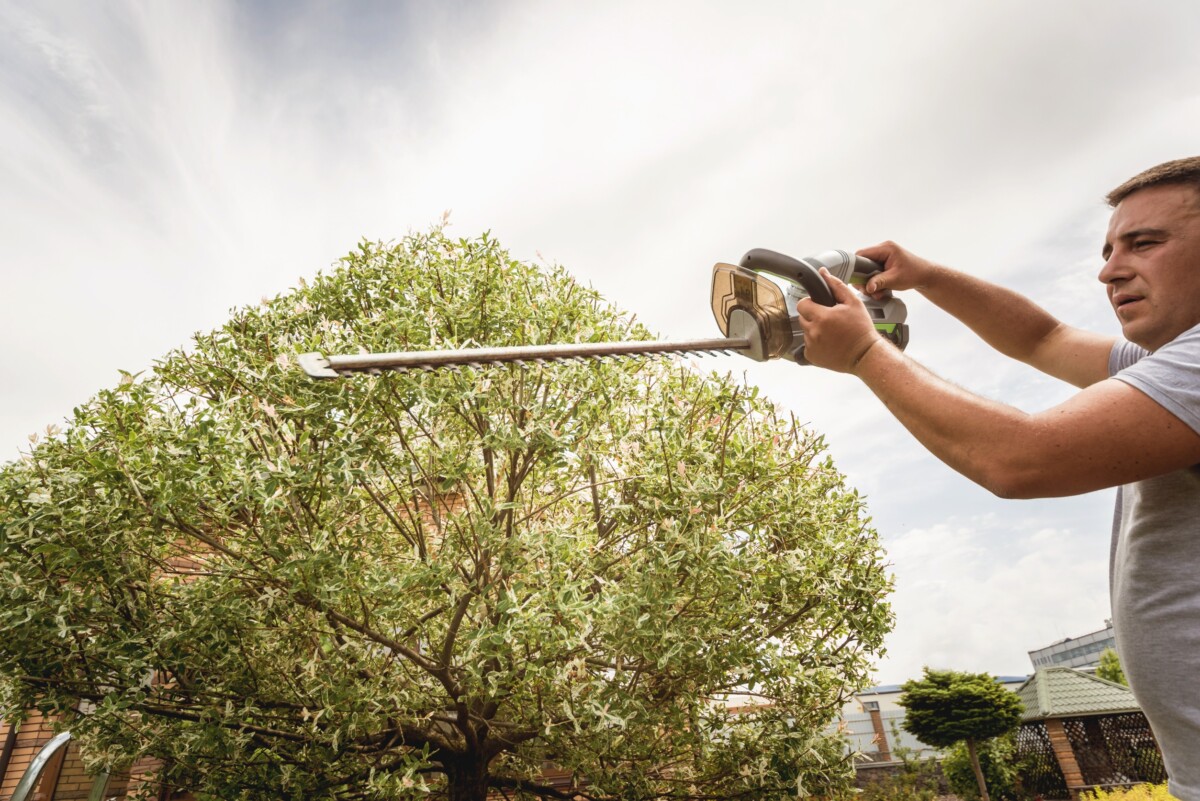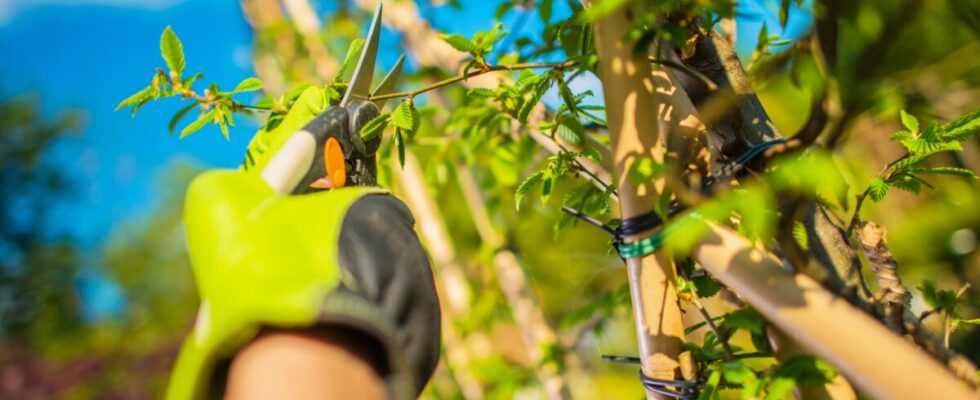Trees are a beautiful part of our landscapes, providing shade, oxygen, and an aesthetic appeal. As responsible homeowners, it’s important to understand the best practices for tree care, including proper trimming and pruning.
However, there is a common misconception that trimming a tree can lead to its death. In this article, we will explore whether trimming a tree can indeed kill it, debunk some myths, and provide guidance on how to properly trim trees without causing harm. Let’s dive in!
Understanding Tree Trimming
Tree trimming is a crucial practice that promotes tree health, safety, and aesthetics. It involves the removal of dead, damaged, or diseased branches, as well as the shaping of the tree to maintain its structural integrity.
Trimming also encourages new growth and prevents branches from becoming unruly or hazardous. Read one of our other articles to learn more landscape yard clean-up tips.
Debunking the Myths
Misinformation can lead to confusion and prevent homeowners from properly maintaining their trees. Let’s address some common myths surrounding tree trimming and its potential to cause harm:
Myth 1: Trimming cuts expose the tree to diseases and pests.
Reality: While it’s true that improper pruning cuts can create open wounds, leading to potential entry points for diseases and pests, correct pruning techniques can minimize these risks. Using clean, sharp tools and making proper pruning cuts near the branch collar can prevent unnecessary harm to the tree.
Myth 2: Trimming removes too many leaves and weakens the tree’s ability to photosynthesize.
Reality: While excessive pruning that removes a significant amount of foliage can have negative consequences, moderate trimming does not harm a healthy tree’s ability to photosynthesize. In fact, removing dead or overcrowded branches actually improves the tree’s overall health and promotes new growth.
Myth 3: Trimming stimulates excessive new growth and weakens the tree.
Reality: When done correctly, trimming does not result in excessive new growth. Proper techniques, such as selective pruning, help maintain the tree’s natural shape and strength. Removing dead or crossing branches allows the tree to focus its energy on healthy growth, resulting in a stronger and structurally sound tree.

Proper Tree Trimming Techniques:
To ensure the health and longevity of your trees while trimming, consider the following guidelines:
Identify the Target: Determine the branches that need to be pruned, such as dead or diseased branches, those causing structural issues, or interfering with structures and power lines.
Use the Right Tools: Ensure you have clean, sharp pruning tools, including hand pruners, loppers, and pruning saws. Dull or dirty tools can cause unnecessary damage to the tree.
Follow the Three-Cut Method: For larger branches, use the three-cut method to prevent bark tearing. Make the first cut on the underside of the branch, a few inches away from the trunk. The second cut should be made outside the first cut, farther from the trunk. Finally, make the third cut just outside the branch collar, flush with the branch bark.
Avoid Over Pruning: Be cautious not to remove more than 25% of the tree’s foliage during a single trimming session. Over pruning can lead to stress, nutrient deficiencies, and an increased risk of disease.
Timing Matters: The best time to trim a tree varies depending on the species. In general, it is best to prune deciduous trees during their dormant season (winter), while evergreen trees can be trimmed in early spring. Research the specific needs of your tree species for accurate timing.

Hire a Professional
When it comes to trimming trees, many homeowners may consider tackling the task themselves. However, hiring a professional tree trimming service is undoubtedly a smart choice.
Professionals possess the expertise, experience, and specialized equipment necessary to trim trees safely and effectively. They understand the specific needs and growth patterns of different tree species, ensuring that each cut is made in the right place and at the right angle.
Professional tree trimmers have a keen eye for maintaining the tree’s natural shape and are well-versed in the techniques that promote optimal tree health. Additionally, they adhere to industry safety standards, minimizing the risk of accidents or damage to property.
By entrusting the job to professionals, homeowners will rest assured that their trees will receive the best care, resulting in healthy, visually appealing landscapes.

Conclusion
Properly trimming a tree will not kill it. On the contrary, it promotes tree health, safety, and aesthetics when done correctly.
Remember to debunk the myths surrounding tree trimming and follow the recommended trimming techniques to maintain the tree’s strength and beauty. Proper pruning and trimming, ensures the well-being and longevity of our beloved trees, enhancing the beauty of our landscapes for years to come.
If in doubt or dealing with larger trees or complex situations, it is always advisable to consult with professional arborists who have the knowledge and experience to provide expert tree care services. Happy trimming!
